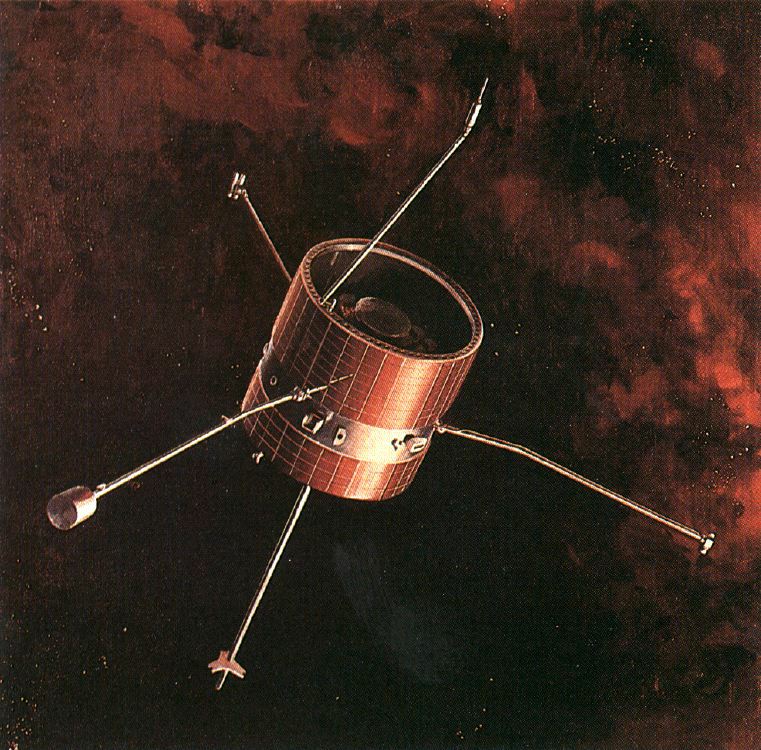MARCH 15, 2020: Comet ATLAS C/2019 Y1 will pass through perihelion at a heliocentric distance of 0.838 AU. This is the fourth known member of a “group” of comets, the first of which appeared in 1988; this, and other comet “groups,” are discussed in a future “Special Topics” presentation. Comet ATLAS has become bright enough for visual observations, and current information about it is covered at the Comet Resource Center.
MARCH 15, 2032: The short-period Comet 252P/LINEAR will pass by Earth at a distance of 0.058 AU. This comet passed slightly closer to Earth in 2016 and, based upon its brightness then, may reach 6th magnitude during this approach. Forthcoming close approaches of comets to Earth are discussed in a future “Special Topics” presentation.

MARCH 16, 1983: Robert Clayton and Toshiko Mayeda at the University of Chicago announce that analysis of the meteorite ALH A81005, found in Antarctica the previous year, has an isotopic composition very similar to that of lunar rocks returned by the Apollo astronauts. ALH A81005 accordingly becomes the first-known lunar meteorite found on Earth.
MARCH 17, 1852: The Italian astronomer Annibale de Gasparis discovers the large main-belt asteroid now known as (16) Psyche. Psyche is one of the most massive asteroids in the main belt and is composed primarily of iron, nickel, and other metals; it may possibly be the remnant core of a protoplanet. It is the destination of NASA’s forthcoming Psyche mission – to be covered in a future “Special Topics” presentation – and conceivably could be a source for future mining operations, the subject of this week’s “Special Topics” presentation.
MARCH 17, 1899: American astronomer William Pickering discovers Saturn’s 9th moon, Phoebe, on photographs that had been taken the previous August. Phoebe, one of the “outer” moons of Saturn, was the first planetary moon to be discovered photographically.
MARCH 17, 2013: A NASA monitoring program detects the largest “real-time” impact on the lunar surface, by an object with an estimated mass of 40 kg. Lunar impacts are discussed in a future “Special Topics” presentation.
MARCH 17, 2015: David Tholen, Scott Sheppard, and Chad Trujillo detect a short tail accompanying the main-belt asteroid (493) Griseldis in images obtained with the 8.2-meter Subaru Telescope at Mauna Kea Observatory in Hawaii. The tail is likely the result of an impact by a smaller object, and meanwhile makes Griseldis one of the known “active asteroids,” which are discussed in a future “Special Topics” presentation.
MARCH 17, 2020: The main-belt asteroid (2734) Hasek will occult the 7th-magnitude star HD 71866 in Lynx (also designated as TZ Lyncis). The predicted path of the occultation is from north to south from far northern Greenland, through central Canada, the central U.S., and north-central Mexico.
MARCH 18, 2002: Comet 153P/Ikeya-Zhang P/2002 C1 passes through perihelion at a heliocentric distance of 0.507 AU. The comet was moderately conspicuous to the unaided eye and was found to be identical to a comet observed in 1661 by Johannes Hevelius, and becomes the comet with the longest orbital period to be definitely seen on two returns. It is a future “Comet of the Week.”
MARCH 20, 1066: Comet 1P/Halley passes through perihelion at a heliocentric distance of 0.574 AU. The comet was especially prominent during that return, in part because of an approach to Earth of 0.104 AU in late April, and is featured in the Bayeux Tapestry commemorating the Battle of Hastings, and also apparently in Native American petroglyphs in Chaco Canyon, New Mexico. This and other returns of Comet Halley are discussed in last week’s “Special Topics” presentation.
MARCH 20, 1970: Comet Bennett 1969i passes through perihelion at a heliocentric distance of 0.538 AU. Comet Bennett – the second comet I ever observed – was one of the “Great Comets” of the latter 20th Century and was the second comet ever to be observed from space; it is a future “Comet of the Week.”

MARCH 20, 1986: NASA’s Pioneer 7 spacecraft, originally launched into a heliocentric orbit in August 1966, passes 0.08 AU from Comet 1P/Halley, and is able to perform measurements of interactions between the comet’s ion tail and the solar wind. The various spacecraft encounters with Comet Halley in 1986 are discussed in last week’s “Comet of the Week” presentation.
MARCH 20, 2020: The main-belt asteroid (1574) Meyer will occult the 4th-magnitude star 45 Arietis. The predicted path of the occultation crosses south-central Russia and northeastern China.
MARCH 21, 2016: The short-period Comet 252P/LINEAR passes 0.036 AU from Earth, the second-closest cometary approach to Earth thus far in the 21st Century, reaching 5th magnitude in the process. This same comet will pass close to Earth again in 2032. These and other cometary close approaches to Earth are discussed in a future “Special Topics” presentation.
More from Week 12:
Comet of the Week Special Topic Free PDF Download Glossary
Ice and Stone 2020 Home Page


